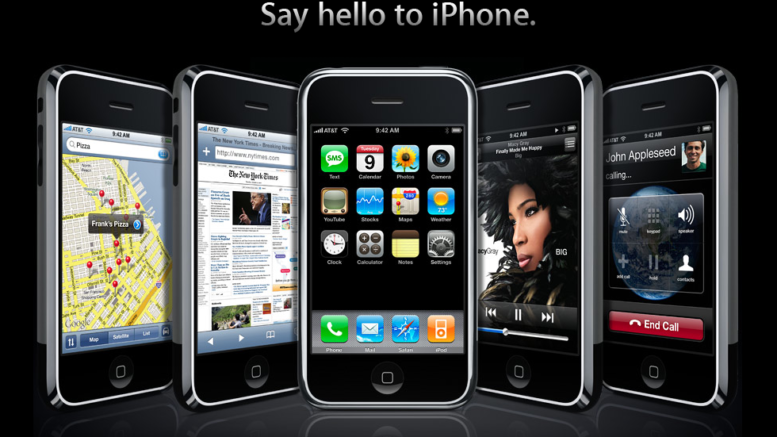“No roaming charges.” That was one of the rallying points for cell phone providers a generation ago. It’s also a phrase you rarely hear anymore. It’s gone the way of “free nights and weekends,” something that cell companies used to tout and today you never hear. Why is that?
What is “roaming?”
The word “to roam” isn’t one we hear in common conversation anymore. It’s an antique word that rarely comes up unless we’re looking for a rhyme for “home” in a song:
Whenever I wander, wherever I roam….
The word itself means to travel far from home. In the context of cell service, it means to go outside the area served by your cell provider. Once upon a time this was very common but today it’s rare because most of the US has settled into coverage from AT&T, Verizon, T-Mobile and Sprint. Where there were once dozens of small providers, today it’s the big dogs that cover the whole country.
What about other carriers like Cricket and Boost?
Most of the other carriers you’ve heard of like Cricket and Boost are “MVNOs” or mobile virtual network operators. They are simply reselling service from one of the larger companies under their own name. So, they’re trading on the larger networks used by those big providers. Their coverage maps are going to be just the same.
Why roaming is rare in the US
It’s not just that the major carriers have good coverage throughout the nation — they do — it’s a matter of technology. Higher-end phones are going to have the hardware to work on either AT&T, Verizon, or T-Mobile, at least for voice. However, lower-end phones don’t. In this country, unlike the rest of the world, there are multiple standards and multiple technologies. A phone from one carrier won’t necessarily work on any other carrier. This is especially true with the cheap or free phones that carriers offer.
Even if a phone has the technology, it generally won’t roam in the US except in case of emergencies. If you’re out of Verizon territory but still have a strong AT&T signal, your Verizon phone won’t switch to the AT&T network. If your phone has an “emergency call” feature you can call 911 using any network you can get, but past that, you’re on your own.
Roaming outside the US
If you travel outside the country, you’ll find that’s where roaming becomes an issue. As I said, more expensive phones are going to be able to work no matter where you go. That iPhone or Galaxy will work in Philadelphia, Paris, or Peru. Often times when you do enter another area you’ll get a text from the new provider telling you that you’re roaming.
You can buy an international plan from most US carriers that will help mitigate the cost. Some plans will give you the same deal in Canada and Mexico that you have here. For example if you have unlimited calling in the US with AT&T, with the right plan you can get unlimited calling even if you’re in Rogers or Bell Canada territory. In other cases, if you’re traveling to another part of the world, you can buy a daily plan for a few dollars that will give you voice and data at a fairly low rate. If you don’t do this, the charges from the foreign carrier can add up fast.
Changing the SIM
In Europe especially, there’s another option. If your phone has a SIM card (meaning it’s a higher-end phone from any carrier, or basically any phone from AT&T) you can usually purchase a pre-paid SIM from a store in the country you’re in and pop it in. Of course this means you’ll have your original SIM just jiggling around loose somewhere in your suitcase and that’s not exactly ideal.
You’re starting to see a few dual-SIM phones coming to the US but so far they are rare. A dual-SIM phone would let you leave the original SIM in and use a second one for travel. Until that’s common, I don’t recommend buying a SIM in another country because the last thing you want to deal with is having to replace your original one because you lost it somewhere between Milan and Minsk.
What to do
If you’re an AT&T customer and you’re planning to leave the country, call the folks at Signal Connect at 888-233-7563 and they’ll help you look at the calling plan you need.





